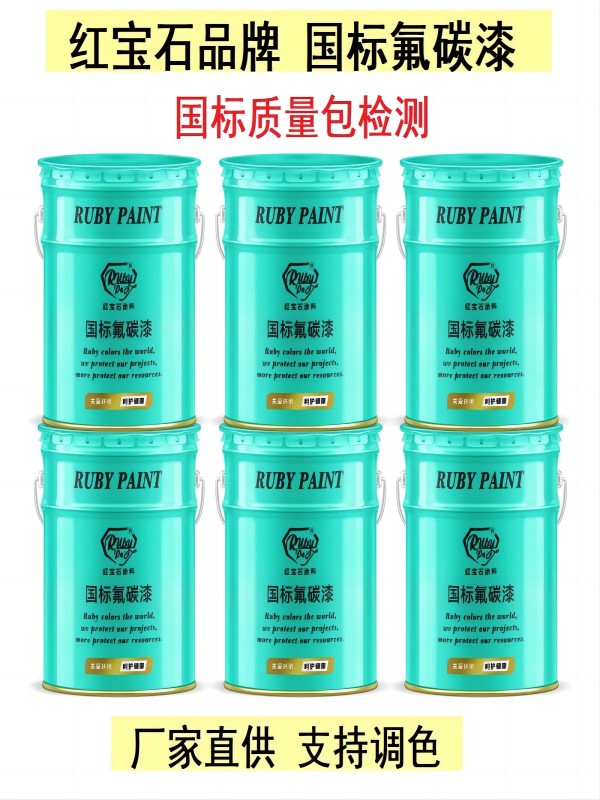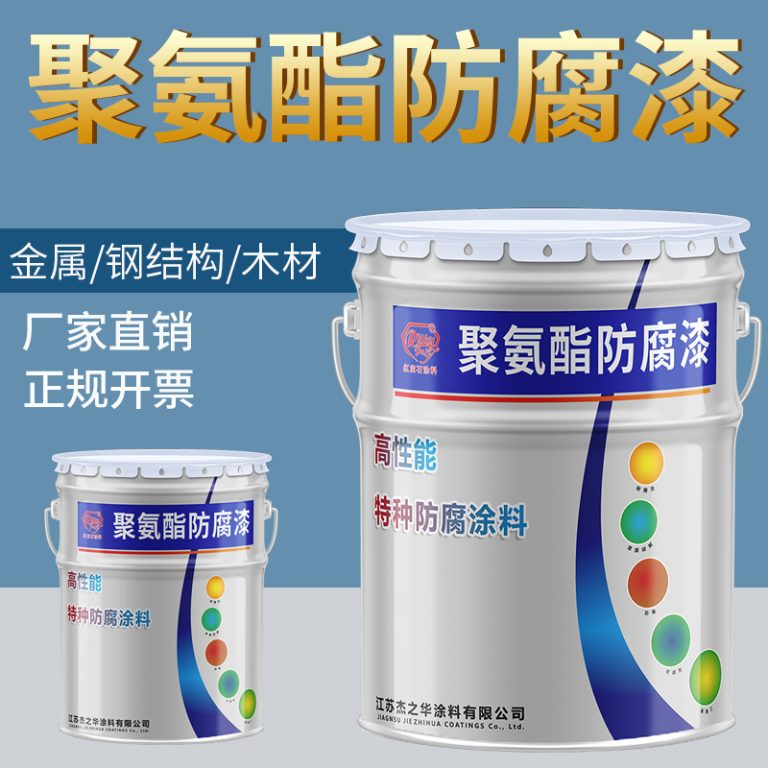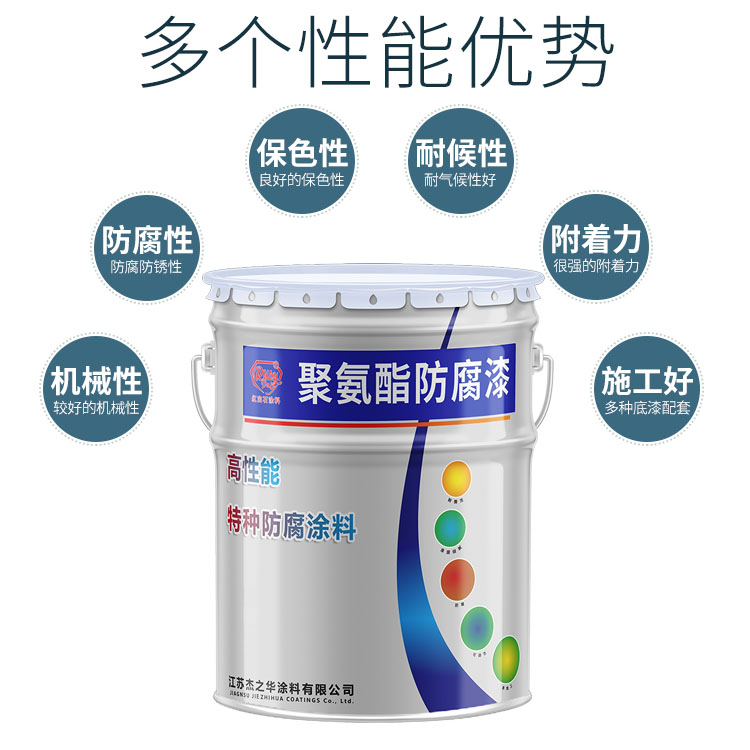Table of Contents
Understanding Urethane Rubber Hardness: Shore Durometer Scale Explained
Urethane rubber, also known as polyurethane, is a versatile material used in a wide range of applications, from automotive parts to industrial machinery. One of the key properties that define the performance of urethane rubber is its hardness. Understanding the hardness of urethane rubber is crucial for selecting the right material for specific applications, as it affects the durability, flexibility, and resistance of the product.
| Serial Nr. | Product |
| 1 | Epoxy Zinc rich paint |
The hardness of urethane rubber is measured using the Shore Durometer Scale, which was developed by Albert F. Shore in the 1920s. The scale provides a numerical value that indicates the resistance of a material to indentation. The higher the number on the scale, the harder the material. The Shore Durometer Scale has several scales, but the two most commonly used for urethane rubber are Shore A and Shore D.
Shore A is used to measure softer urethanes, which are more flexible and elastic. This scale ranges from 0 to 100, with 0 being extremely soft and 100 being very hard. For example, a urethane rubber with a Shore A hardness of 20 would be very soft and flexible, suitable for applications that require high elasticity, such as gaskets or seals. On the other hand, a urethane rubber with a Shore A hardness of 90 would be much harder and less flexible, ideal for applications that require high wear resistance, such as wheels or rollers.
Shore D, on the other hand, is used to measure harder urethanes, which are more rigid and have less elasticity. This scale also ranges from 0 to 100, but the materials measured on this scale are generally harder than those measured on the Shore A scale. A urethane rubber with a Shore D hardness of 50 would be considered relatively hard and rigid, suitable for applications that require high impact resistance, such as protective coatings or machine parts.
It is important to note that the Shore Durometer Scale only provides a measure of hardness, not other mechanical properties such as tensile strength or elongation. Therefore, when selecting a urethane rubber for a specific application, it is essential to consider not only the hardness but also other properties that may affect the performance of the material.
In addition to the Shore Durometer Scale, there are other methods for measuring the hardness of urethane rubber, such as the Rockwell hardness test and the Barcol hardness test. However, the Shore Durometer Scale remains the most widely used method due to its simplicity and reliability.
| Number | Name |
| 1 | Fluoracarbon middle paint |
In conclusion, the hardness of urethane rubber is a critical property that determines its suitability for various applications. The Shore Durometer Scale provides a standardized method for measuring the hardness of urethane rubber, allowing manufacturers and engineers to select the appropriate material for their needs. By understanding the different scales and values on the Shore Durometer Scale, one can make informed decisions about the type of urethane rubber to use, ensuring optimal performance and longevity of the product.
Factors Affecting Urethane Rubber Hardness and Performance
Urethane rubber, also known as polyurethane rubber, is a versatile material widely used in various industries due to its excellent properties such as abrasion resistance, flexibility, and durability. The hardness of urethane rubber is a critical factor that influences its performance in different applications. Understanding the factors that affect urethane rubber hardness is essential for selecting the right material for specific needs.
One of the primary factors that determine the hardness of urethane rubber is the formulation of the polyurethane itself. Urethane rubber is synthesized by reacting a polyol with an isocyanate, and the ratio of these two components can significantly influence the hardness of the final product. A higher proportion of isocyanate generally results in a harder urethane rubber, while increasing the polyol content tends to produce a softer material. Additionally, the molecular weight and structure of the polyol can also affect the hardness, with higher molecular weights typically leading to softer urethanes.
Another crucial factor is the presence of additives and fillers in the urethane rubber formulation. Various additives such as plasticizers, curatives, and reinforcing agents can be incorporated to modify the properties of urethane rubber. For instance, plasticizers are used to increase the flexibility of the material, but they can also reduce its hardness. Conversely, reinforcing fillers like silica or carbon black can enhance the hardness and improve the mechanical strength of urethane rubber. The type and amount of these additives must be carefully selected to achieve the desired balance of hardness and other properties.
The processing conditions during the manufacturing of urethane rubber also play a significant role in determining its hardness. Factors such as temperature, pressure, and curing time can influence the cross-linking density of the polymer network, which directly affects the hardness. Higher curing temperatures and longer curing times generally lead to increased cross-linking, resulting in a harder material. It is crucial to optimize these processing parameters to ensure that the urethane rubber meets the specific hardness requirements for its intended application.
Environmental factors can also impact the hardness of urethane rubber over time. Exposure to elements such as heat, ultraviolet (UV) light, and chemicals can cause degradation of the material, leading to changes in its hardness. For example, prolonged exposure to high temperatures can accelerate the aging process of urethane rubber, causing it to become brittle and lose its elasticity. Similarly, UV radiation can break down the polymer chains, resulting in a reduction in hardness. To mitigate these effects, urethane rubber can be formulated with stabilizers and UV inhibitors that enhance its resistance to environmental degradation.

In conclusion, the hardness of urethane rubber is influenced by a complex interplay of factors including the formulation of the polyurethane, the presence of additives and fillers, processing conditions, and environmental exposure. By understanding and controlling these factors, manufacturers can tailor the hardness of urethane rubber to meet the specific demands of various applications. This customization allows for the optimization of performance characteristics such as durability, flexibility, and abrasion resistance, making urethane rubber a highly adaptable material for a wide range of industrial uses.




